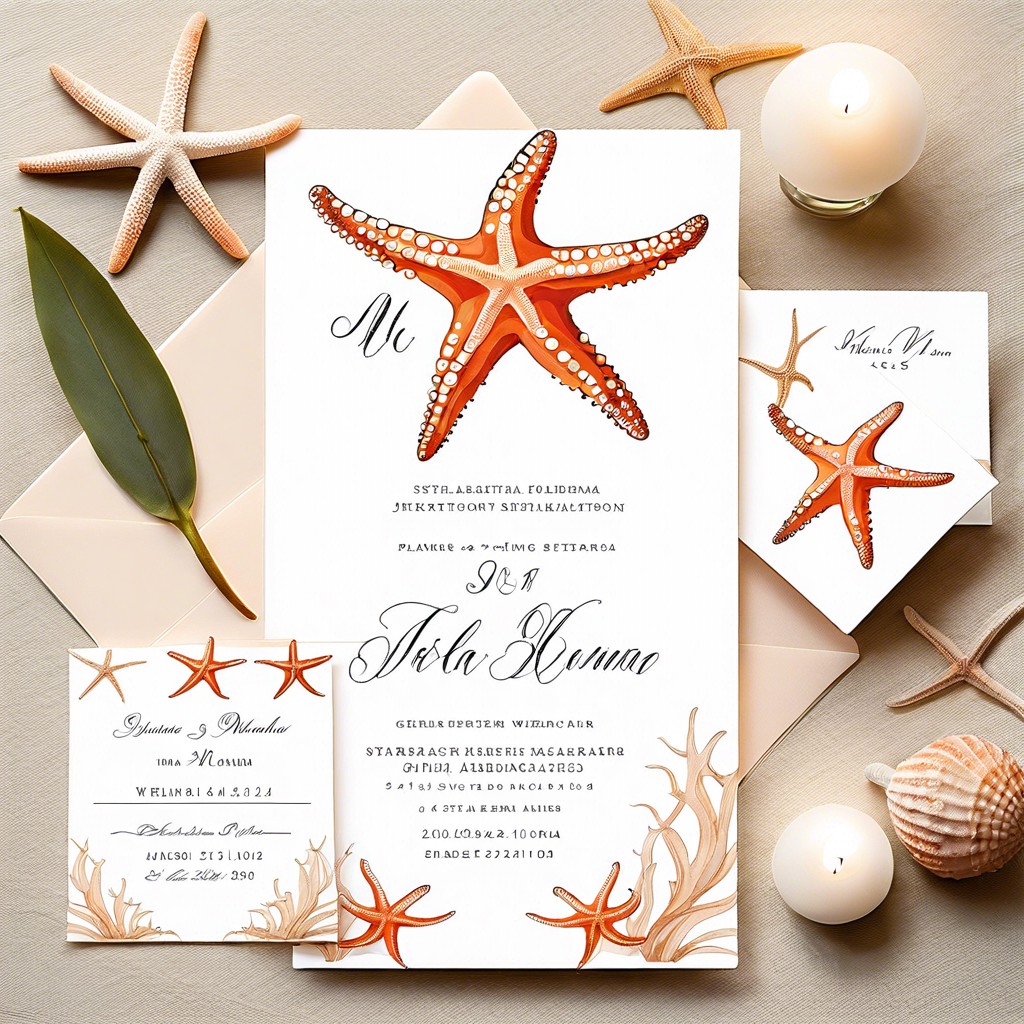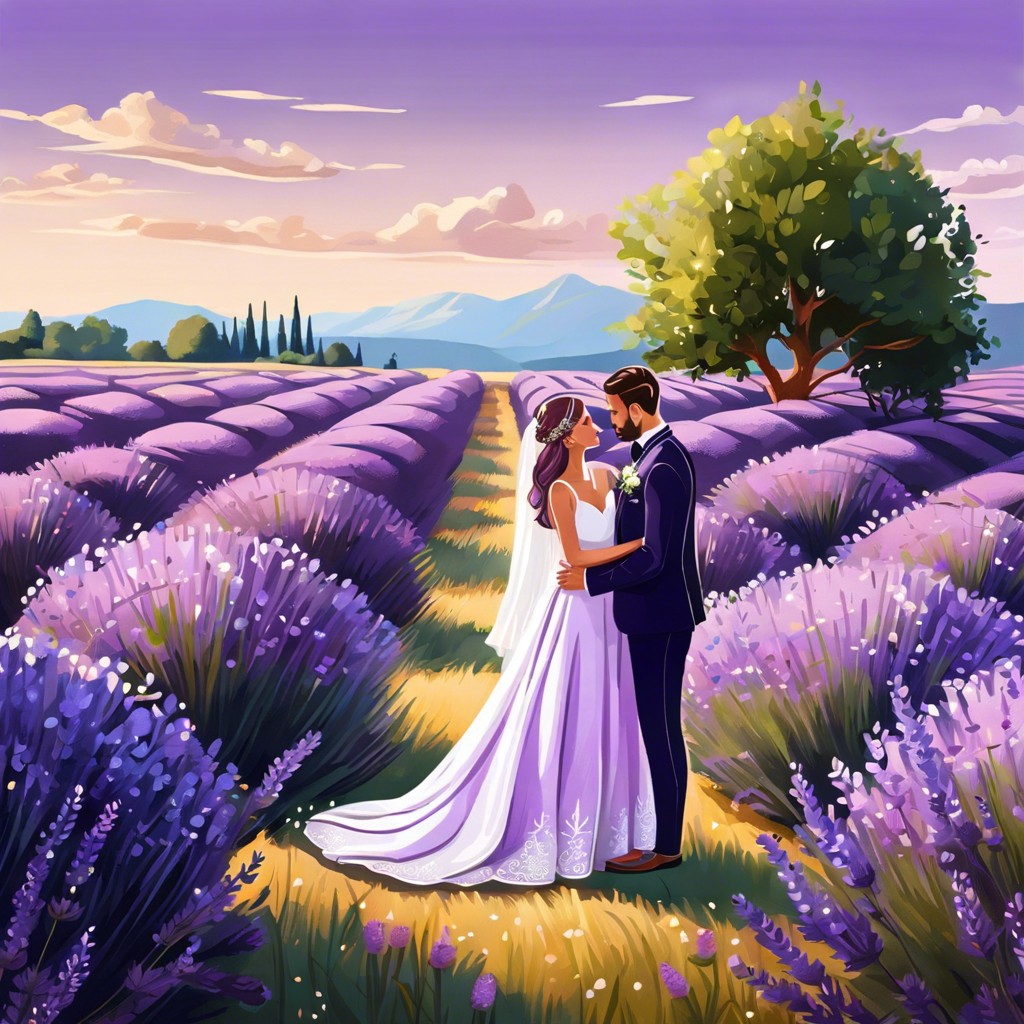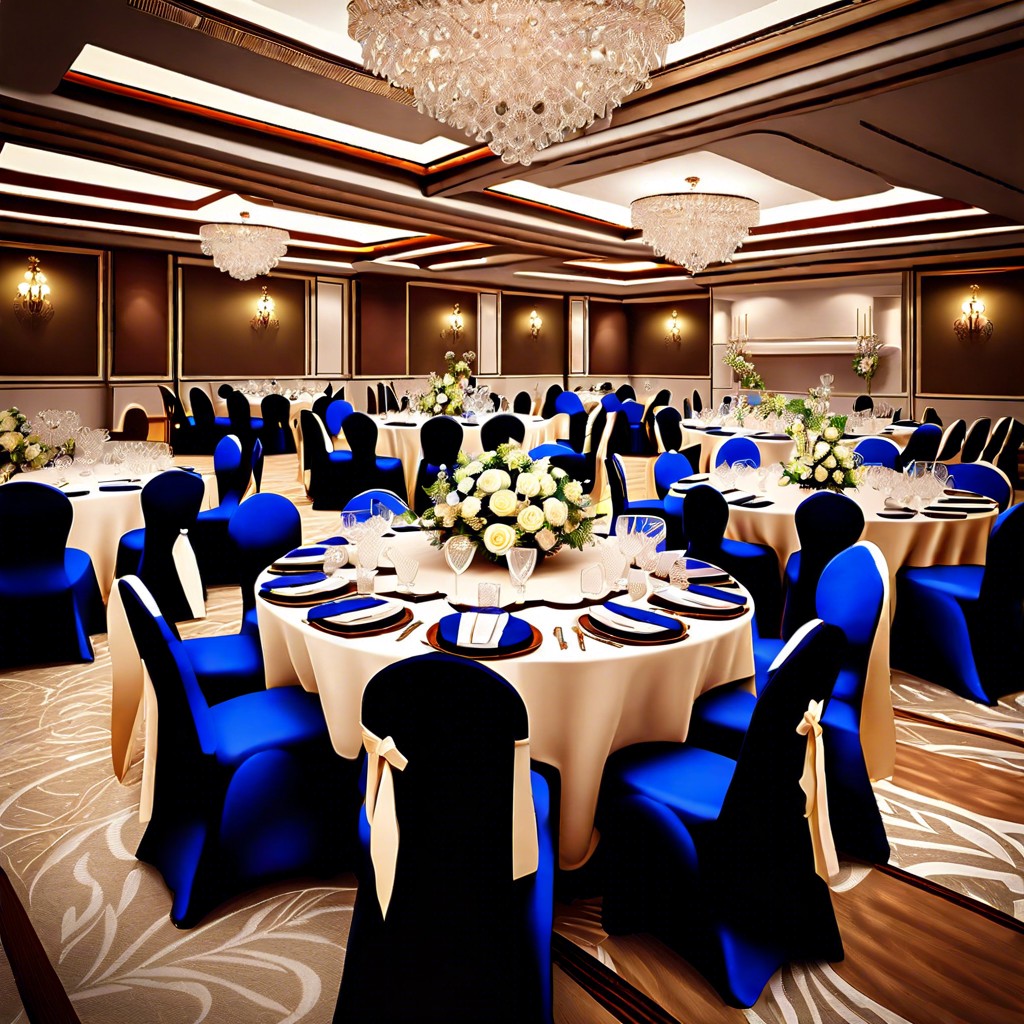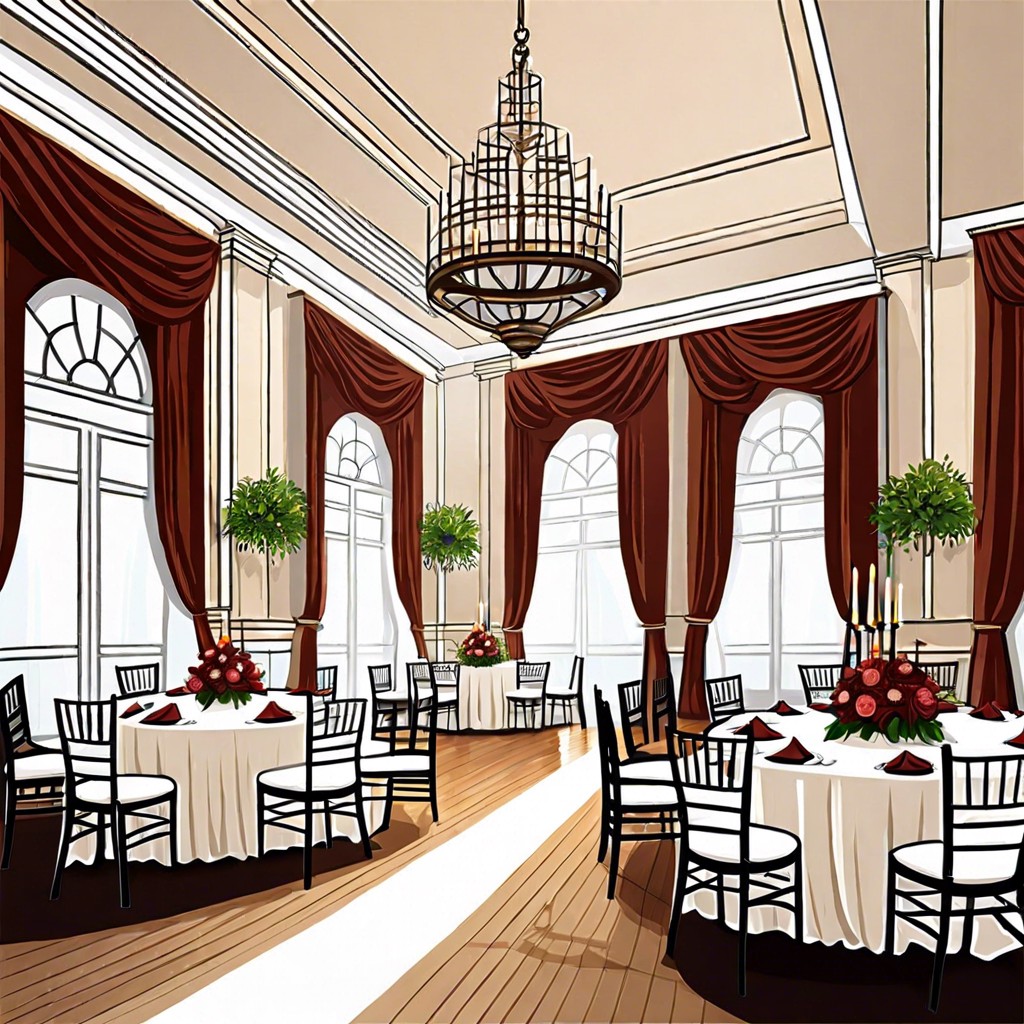Discover the essence of a wedding reception, an event that celebrates the union of a newlywed couple with their guests through food, festivities, and shared joy.
Key takeaways:
- Wedding receptions are celebratory gatherings after the ceremony.
- Receptions have evolved throughout history, incorporating cultural traditions.
- Modern receptions include themed decorations, dinner, dancing, and entertainment.
- Requirements for a reception include securing a venue, catering, and entertainment.
- To plan a reception, set a budget, choose a venue, organize catering and entertainment, create a seating chart, and plan a timeline.
How a Wedding Reception Differs From a Ceremony
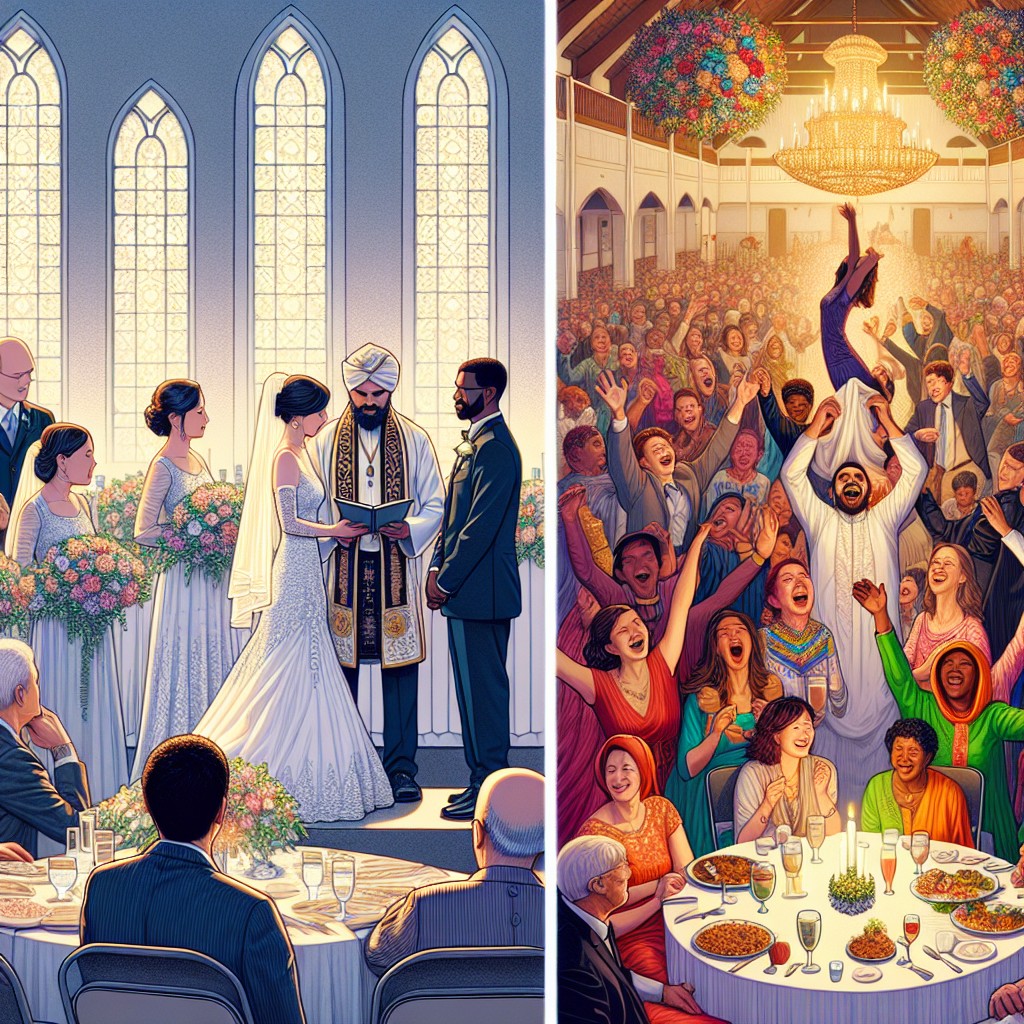
The focal point of a wedding ceremony is the exchange of vows between the couple, marking their legal and symbolic union. Typically solemn and ritualistic, ceremonies often take place in houses of worship or chosen locations with significant meaning. Guests typically assume the role of witnesses to the couple’s commitment.
In contrast, receptions are celebratory gatherings following the ceremony. They’re less formal and structured, focusing on merriment with food, music, and dancing. Here, the couple and their guests interact more freely, and it’s an occasion for attendees to offer personal congratulations. The atmosphere is festive, with a focus on enjoyment and the newlyweds’ shared happiness.
The History of the Wedding Reception
Tracing back to ancient civilizations, feasts have always played a crucial role in celebrating a marriage. From the Roman’s sumptuous banquets to medieval European festivities, post-wedding gatherings were means to exhibit social status and commemorate the union in communal joy.
Over time, these celebrations evolved. The Victorian era, for instance, saw the advent of the wedding breakfast in Britain, a term that confusingly didn’t imply the morning meal but rather the first meal shared as a married couple, regardless of the time of day.
In the United States, the late 19th and early 20th centuries brought a shift towards more elaborate receptions. The rise of private clubs and grand hotels as venues allowed for ever more sophisticated and opulent celebrations, reflecting the economic prosperity of the times.
Throughout the 20th century, wedding receptions continued to evolve, incorporating cultural traditions, formal dinner dances, and eventually more relaxed and personalized gatherings.
Today’s receptions, while diverse, still echo these historical elements – celebration, community, and the marking of a significant life event in a couple’s journey.
Common Elements of the Modern Western Wedding Reception
In a typical Western wedding reception, expect to encounter a range of activities and arrangements that create a festive atmosphere for the newlyweds and their guests. The venue is often adorned with themed decorations, table settings, and floral arrangements that reflect the couple’s tastes and personalities.
Guests are usually greeted with a cocktail hour featuring light appetizers and beverages, which serves as a social preamble before the main event. This leads into a sit-down dinner or buffet, where multiple courses are often served alongside toasts and speeches from the wedding party and close family members.
Dancing is a staple, initiated by the couple’s first dance and followed by open dance floor time with music provided by a DJ or live band. The cutting of the wedding cake is a cherished tradition, symbolizing the first task the couple performs together.
Additionally, various entertainment options might be present, including photo booths, games, or live performances. To ensure memories are captured, professional photographers and videographers are typically on hand throughout.
As the event concludes, it’s common for the newlyweds to exit through a send-off by guests, who might use sparklers or other creative props to bid them farewell.
Wedding Reception Requirements
Securing a venue is a primary requirement, as it sets the stage for the entire event. This location should be booked well in advance to ensure availability.
Catering is another vital element to consider. The type of food and service will often reflect the couple’s tastes and the formality of the evening.
Entertainment, like a DJ or live band, is essential for setting the mood and encouraging guests to dance and celebrate.
Having a timeline is crucial. It helps to map out the reception’s flow, from speeches and toasts to the first dance and cake cutting.
Decoration and theme are key to personalizing the reception. These should complement the venue and resonate with the couple’s vision for their special day.
Lasty, accommodations for guests, especially those traveling from afar, should be considered. Ensure there’s reliable transportation or nearby lodging available.
How To Plan A Wedding Reception
Start with setting a budget as it dictates the scale and options for your reception. Next, select a date and venue that align with your vision and guest count. When choosing a venue, consider factors like location, capacity, amenities, and cost.
Catering is a cornerstone of receptions; decide between plated meals, buffets, or food stations, and don’t forget about dietary restrictions. For beverages, determine if you’ll host an open bar, limited selection, or cash bar.
Next, create a seating chart that promotes socializing and comfort. Consider hiring a professional planner or day-of coordinator to manage logistics and ensure the event runs smoothly.
Entertainment is essential – book a band or DJ to set the mood. Include a mix of music that caters to all guests.
Plan the reception timeline, detailing the order of events from the grand entrance to the last dance, ensuring a flow that keeps guests engaged.
Lastly, factor in decor and lighting that complements your theme and creates the desired ambiance. Personalized touches can make your reception memorable.
